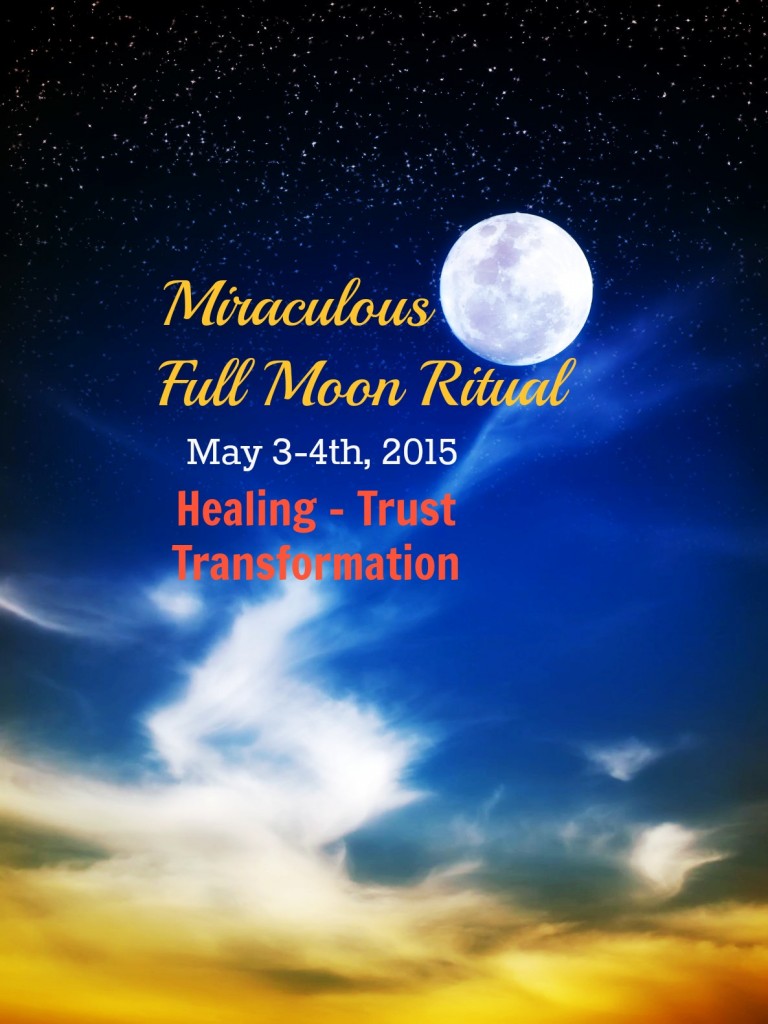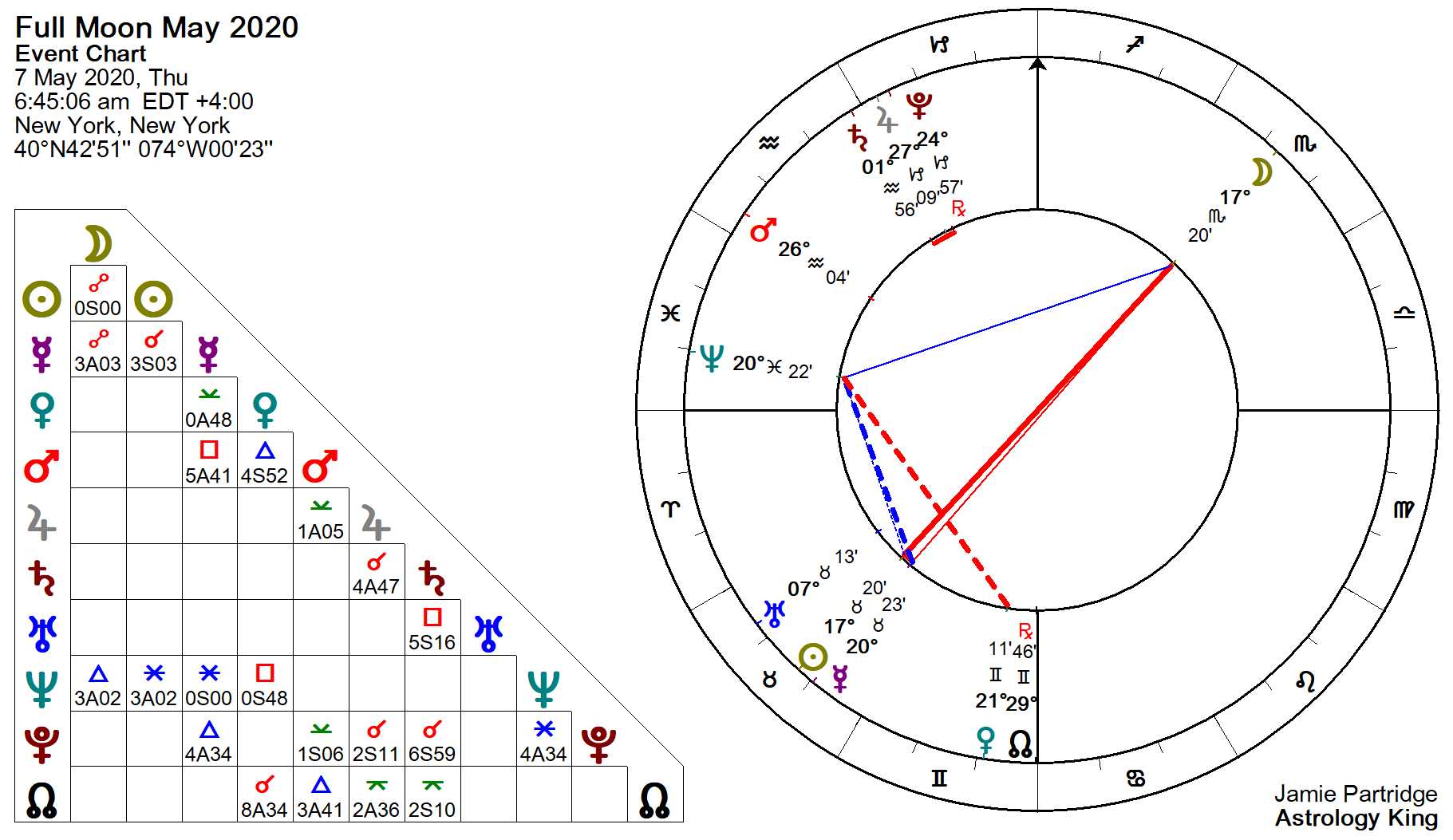

Full moom may full#
Occasionally, if the full Moon’s position lines up correctly with the Sun and Earth, from our viewpoint, the Moon will enter Earth’s shadow, which will cut off part or all of the sunlight reflected off the Moon’s surface, thereby causing a lunar eclipse. At this time, the Sun and Moon are in opposition, meaning that they are farthest apart in the sky, on opposite sides of Earth (Sun→Earth→Moon). This phase is named as such because, from our perspective, the full disk is illuminated. “Gibbous” comes from a Latin word meaning “humpbacked,” referring to the curved lit area on the Moon’s surface. In the Southern Hemisphere, the same happens, only from left to right. As the days pass, the light creeps farther left, covering more and more of the Moon’s surface until the full Moon phase, when the entire disk is illuminated.


Full moom may plus#
At the beginning of this stage in the Northern Hemisphere, we see the right half of the Moon illuminated plus a tiny fraction more extending into the left side. This phase occurs between the first quarter and full Moon and describes the Moon when it is more than half lit, but not yet fully. During a first quarter phase, the Moon is said to be at east quadrature, meaning that it is 90 degrees east of the Sun when viewed from Earth. In other words, the Moon is perpendicular to the Earth/Sun line. In actuality, we are seeing 1/2 of the lit side of the Moon because the entire illuminated surface is only partly facing our direction. At first quarter in the Northern Hemisphere, the right side of the Moon is illuminated in the Southern Hemisphere, it’s the left side. In fact, both the first and last quarter phases are sometimes called a Half Moon. It’s a confusing label, though, because at this time from our perspective, 1/2 of the Moon’s surface is lit. This phase got its name because at this point the Moon has traveled 1/4 of the way through its orbit. Some lunar and lunisolar calendars, such as the Islamic (or Hijri) calendar, define the start of a month as when the Moon first becomes visible, which is usually a day or so after the new Moon, during its waxing crescent stage. (In the Southern Hemisphere, the same thing happens, only on the left side.) The lit area slowly widens each day, covering more and more of the right side of the Moon’s surface until the first quarter phase, when the Moon’s entire right side is illuminated. At the beginning of this stage, we see a thin, crescent-shape Moon, which, in the Northern Hemisphere, appears on the right side. This phase occurs between the new Moon and first quarter phases. The months of some calendars, such as the Chinese lunisolar calendar, begin at the time of the new (or dark) Moon. These events are only visible from a small portion of Earth and require special eye protection to be viewed safely. Occasionally, if the new Moon’s position lines up correctly between the Sun and Earth, from our viewpoint it will cover part or all of the Sun’s disk, causing a solar eclipse. But if we were to travel to the other side of the Moon, the part that faces the Sun, it would be totally illuminated. From our perspective, the Moon appears totally dark: We can not usually see it because we are facing the Moon’s shadowed side, which does not receive any direct sunlight. At this time, the Sun and Moon are in conjunction, meaning that they are closest together in the sky, on the same side of Earth (Sun→Moon→Earth). This phase is named as such because it starts a new lunar cycle. (Depending on where you live, you may or may not be able to see the exact moment of a phase, in part because the Moon may not have risen yet in your area.) The secondary phases, however, represent a span of time rather than a specific moment. The primary phases occur at a specific moment, no matter where you are on Earth, which is then converted to local time. There are also four secondary phases: Waxing Crescent, Waxing Gibbous, Waning Gibbous, and Waning Crescent. (See “What’s the Moon’s Age?” below for more information.)Īstronomers have broken down this cycle into four primary Moon phases: New Moon, First Quarter, Full Moon, and Last Quarter. The length of the cycle can vary slightly, but on average, it is 29.53059 days. We see the Moon’s disk change from all dark to all light to all dark again: This span of time is called a lunar cycle, lunation, lunar month, or synodic month. (The Moon itself produces no light of its own.) As a result, the amount of sunlight that reflects off the Moon and travels to our eyes changes every day. About the Moon's Phases What Are Moon Phases?Īs the Moon orbits around Earth and Earth orbits around the Sun, the angle between the Sun, Moon, and Earth changes.

Moon Phases for June 2023 for Dublin, NH Moon PhaseĪll times in Eastern time.


 0 kommentar(er)
0 kommentar(er)
